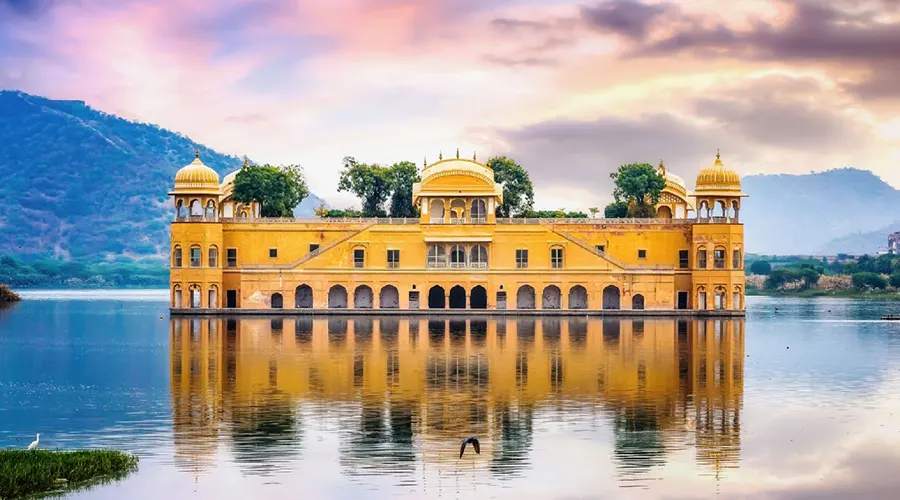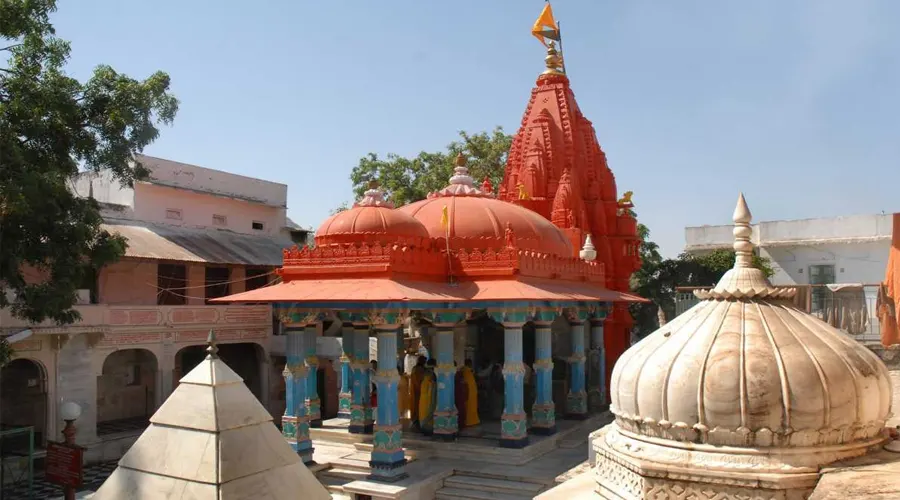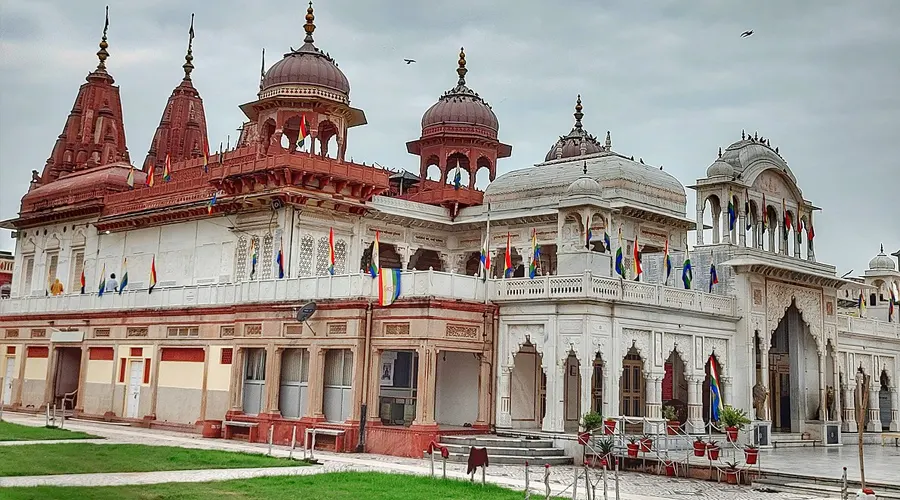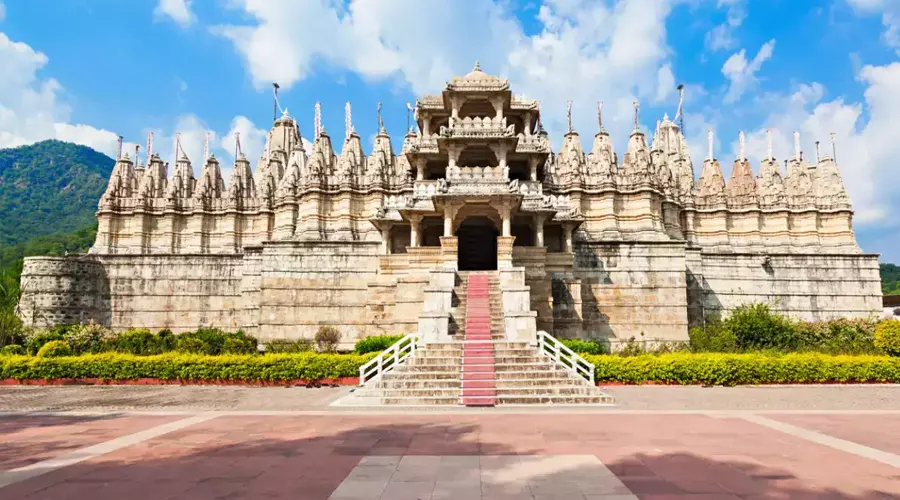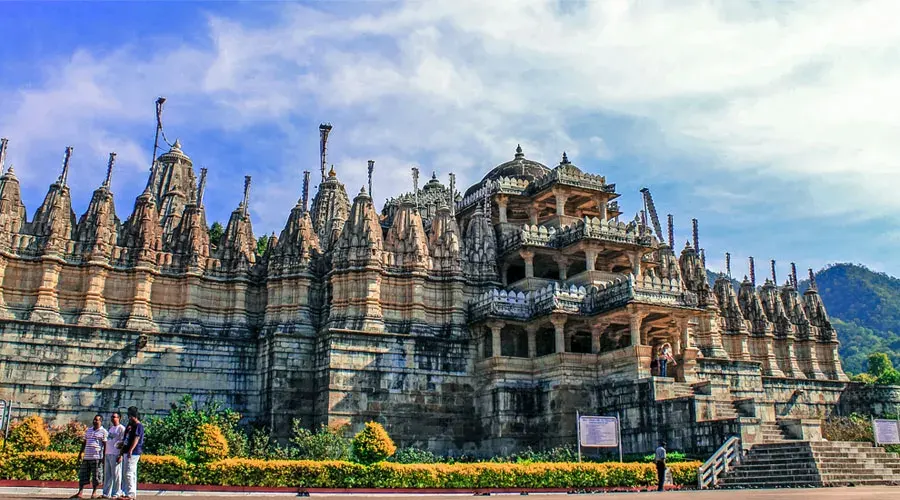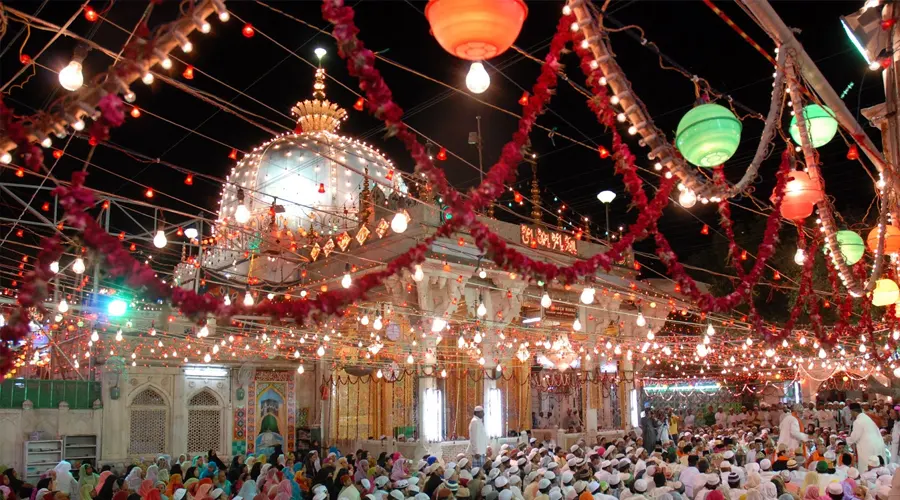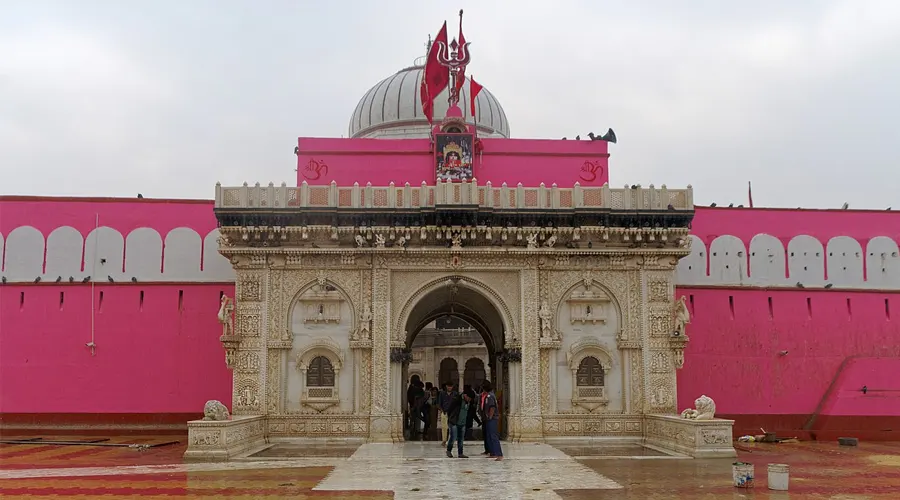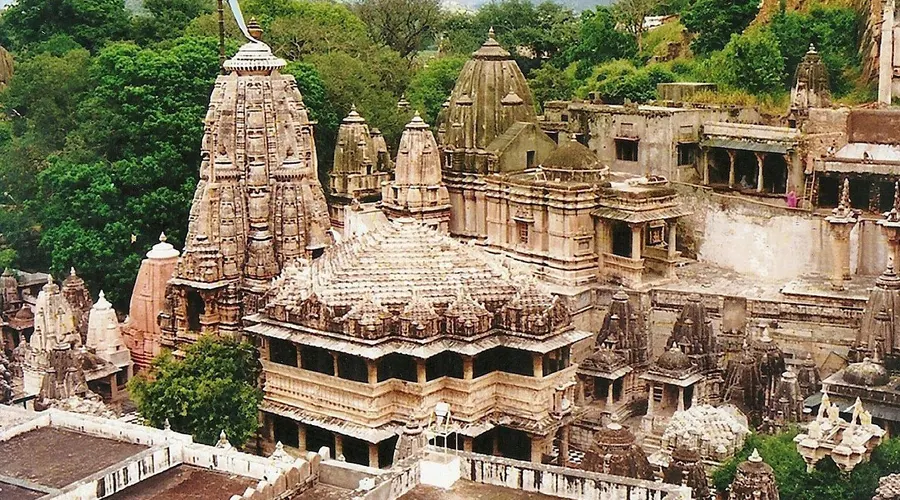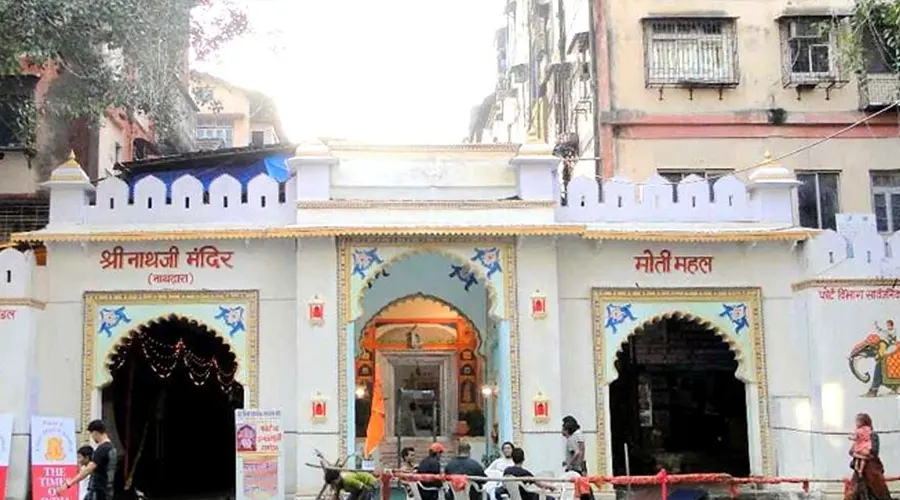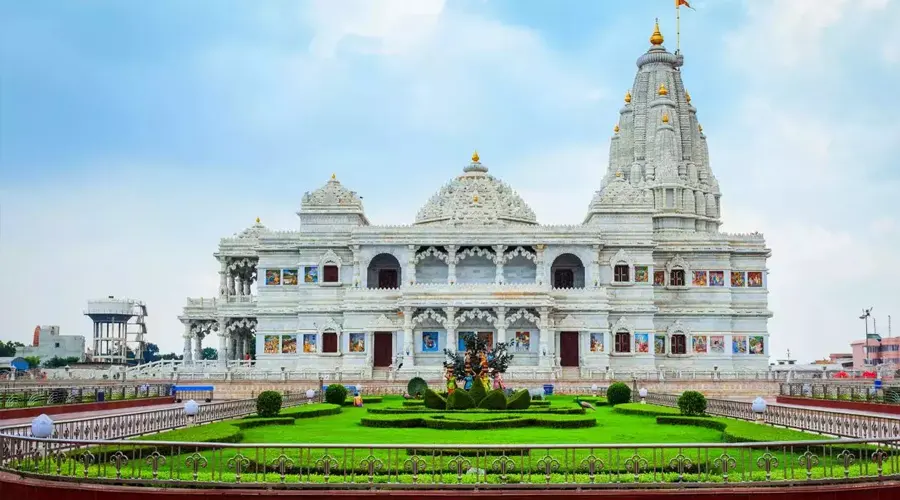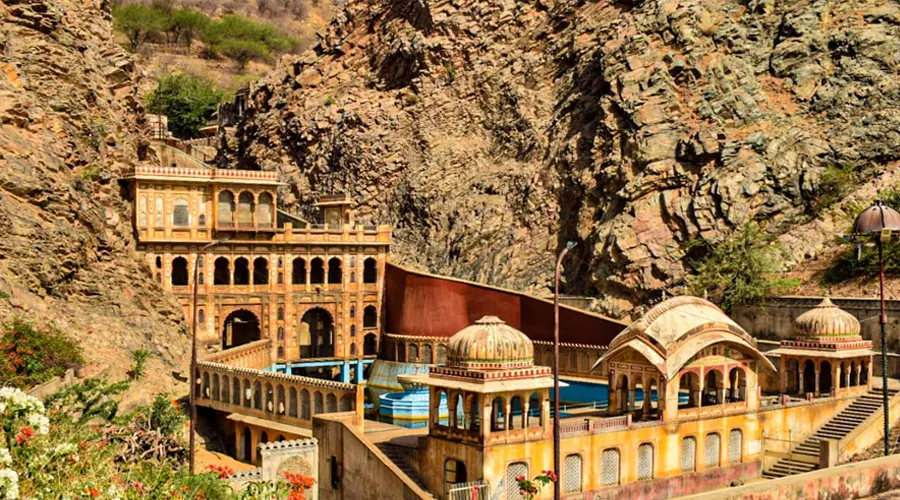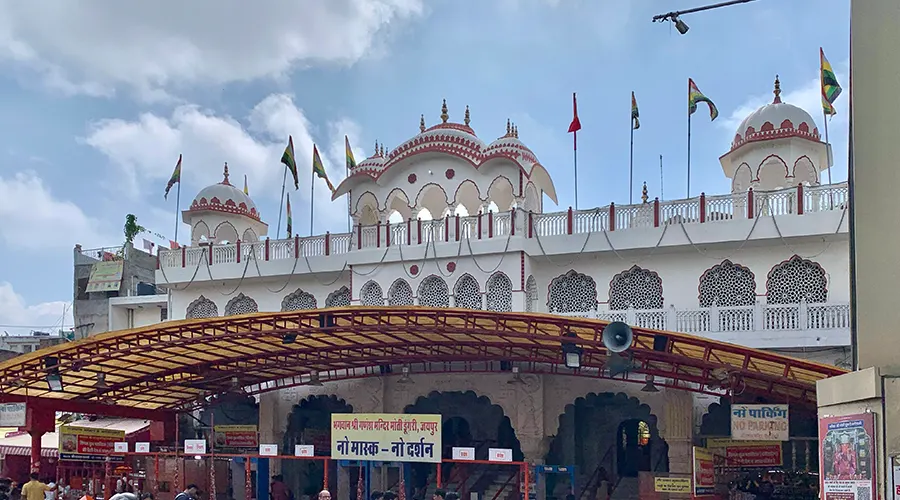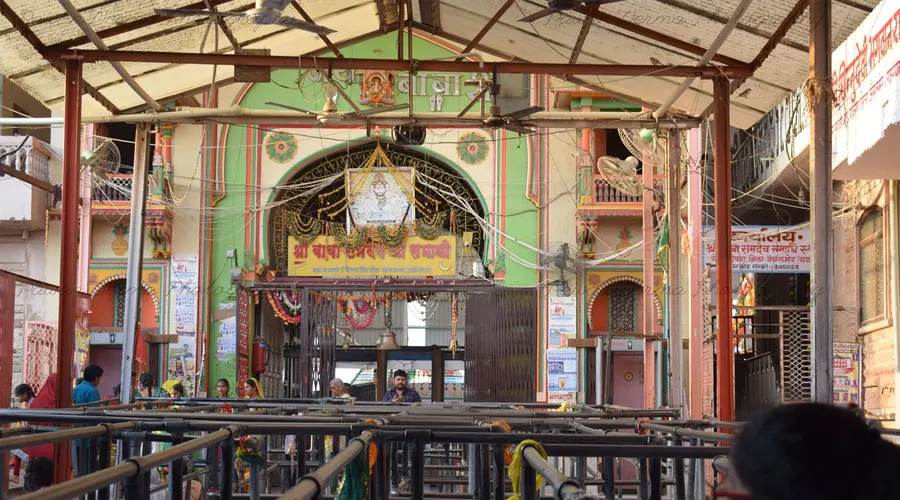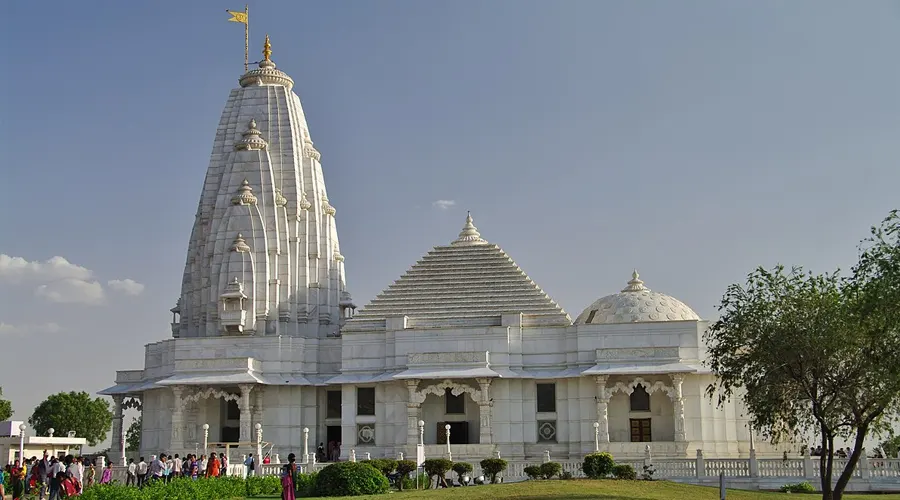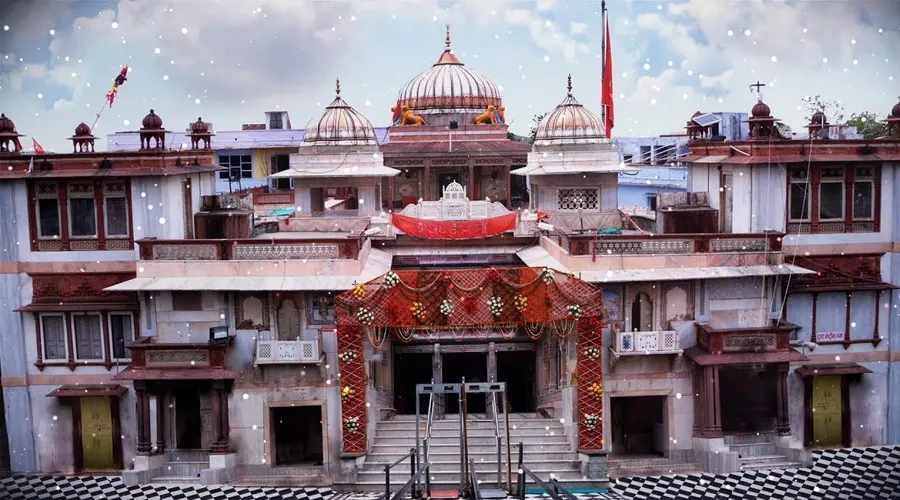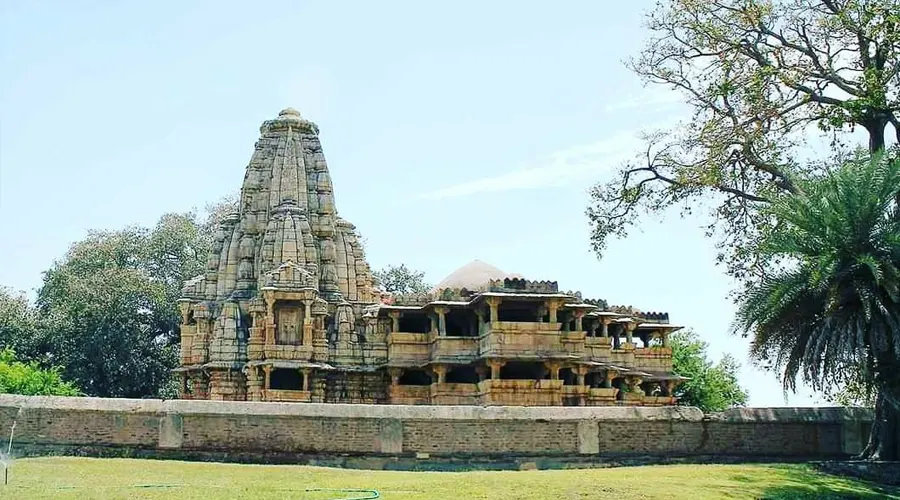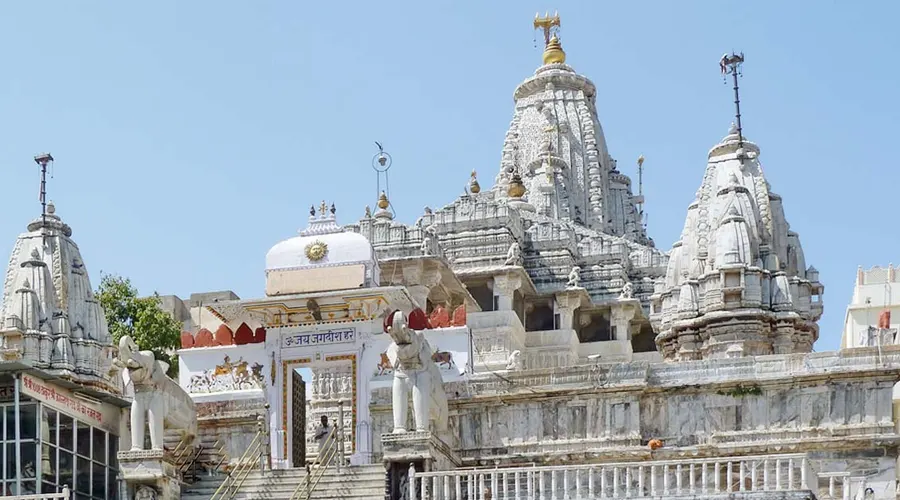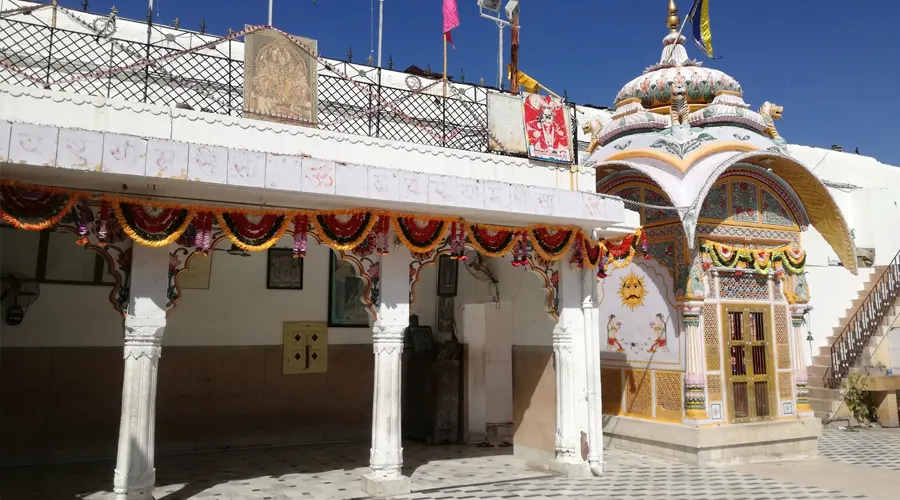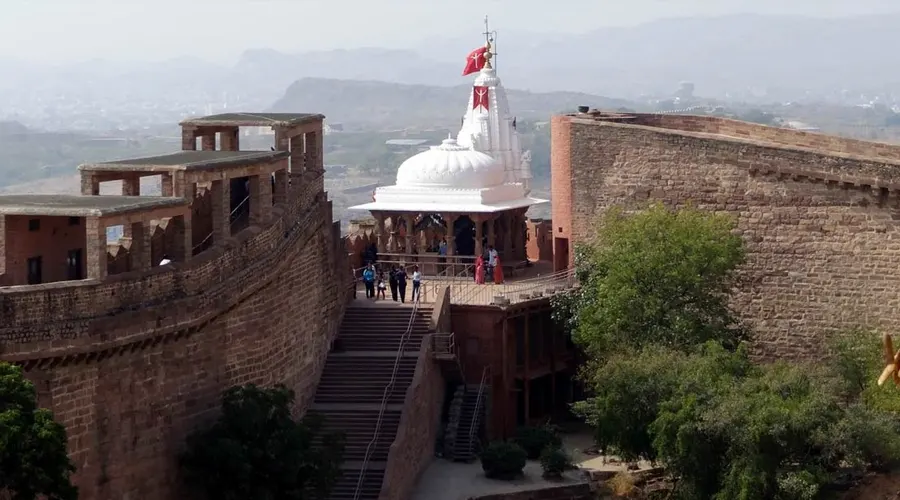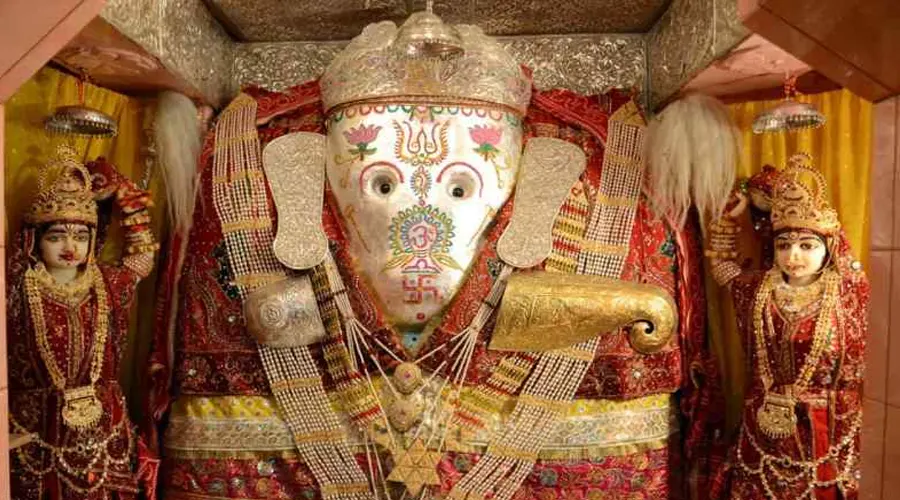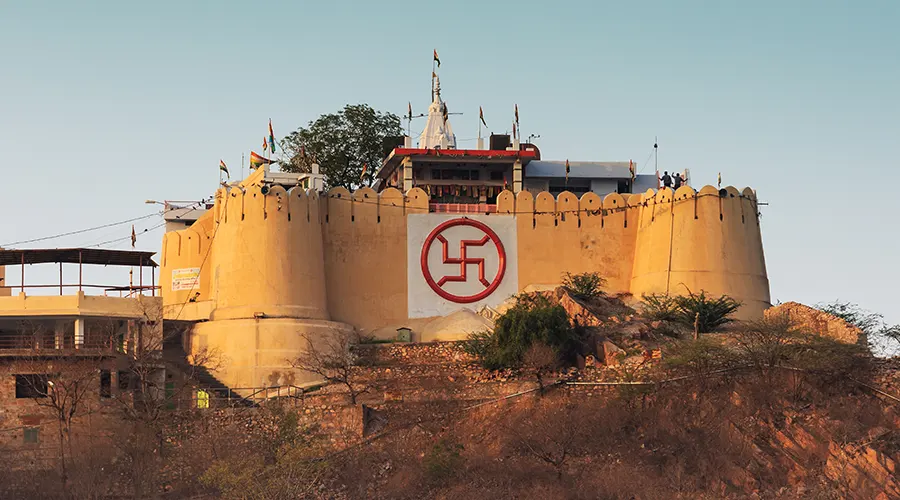Jal Mahal
Sitting prettily right in the center of the Man Sagar Lake on the outskirts of Jaipur lies the splendid and tranquil Jal Mahal. A masterful creation, it is bordered by the Nahargarh Hills. This low-rise symmetrical palace was once a shooting lodge for the Maharajas and now fascinates many visitors from all over the world.
Jal Mahal was constructed in the 1750s and was commissioned by Maharaja Madho Singh. It is indeed one of the most photographed monuments in India. The most striking feature of this palace is that while only one storey appears above the water level, there are 4 storeys submerged underneath.
It is one of the most beautiful architectural palaces built by combining the Mughal and Rajput styles of architecture. Entry inside the fort is prohibited, but the view from a considerable distance while boating is enough to mesmerize you. During the evenings, the fort lights up and the reflection of the fort in the lake is gorgeous. With its impressive beauty and laid-back ambiance, the Jal Mahal has become a true tourist delight.
History of Jal Mahal
The history of the Jal Mahal is quite ambiguous, and it is not clear as to who exactly built the Palace. It is believed that Jal Mahal, which means 'Water Palace' was built by Maharaja Sawai Pratap Singh in the year 1799 to serve as a lodge for duck hunting. It is also surmised that Maharaja Madho Singh I constructed the palace in the year 1750.
It was never intended to be used as a palace. Later, the beauty of the palace was enhanced by Maharaja Jai Singh II of Amber who renovated and added some more structures to it. The Man Sagar Lake was also formed by Maharaja Sawai Pratap Singh by constructing a dam.
Architecture of Jal Mahal
Jal Mahal, a five-storey palace is inspired by the Rajput style of architecture. With four floors submerged in water, only the fifth floor is visible. It is built from red sandstone and four octagon-shaped chhatris are located at the corners of the palace. It was renovated by Maharaja Jai Singh II in the 18th century and has a total of twenty-one beautifully carved pillars which are the cenotaphs of the royal family. There is a garden on the roof called Chameli Bagh.
A platform in the center of the garden was used for recitals and dance performers. Though the original garden is damaged, it has been created again. Visitors are not allowed to enter the temple. You can just praise its beauty from a distance.

